June 8, 2018
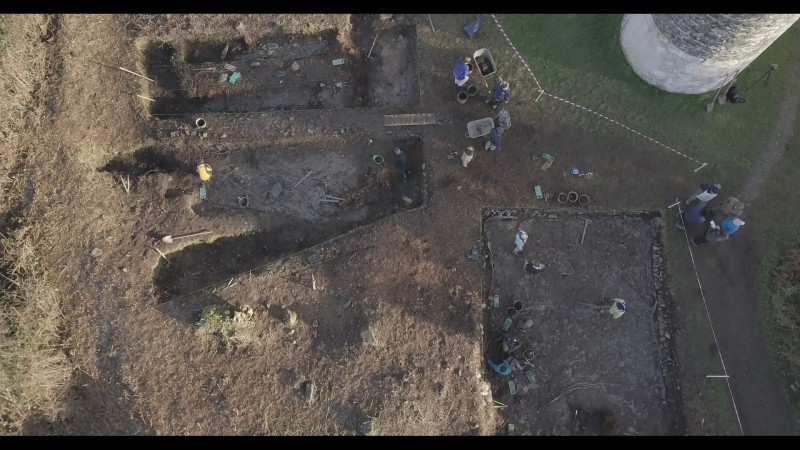
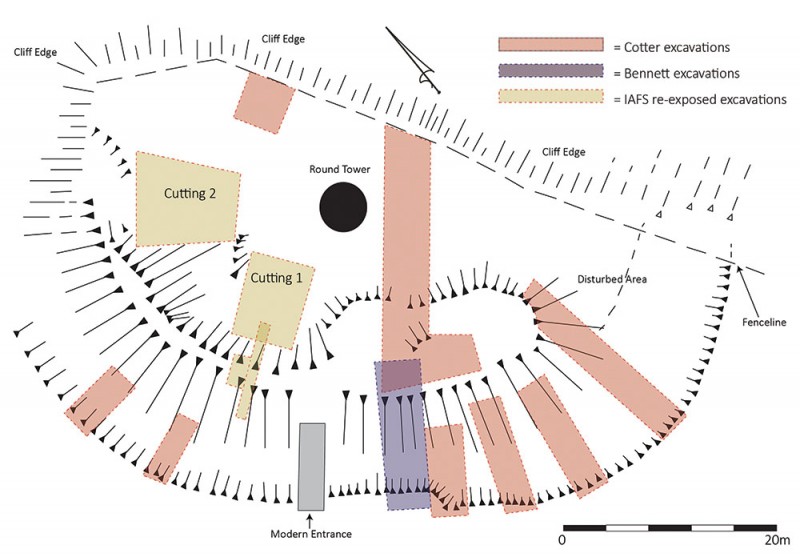
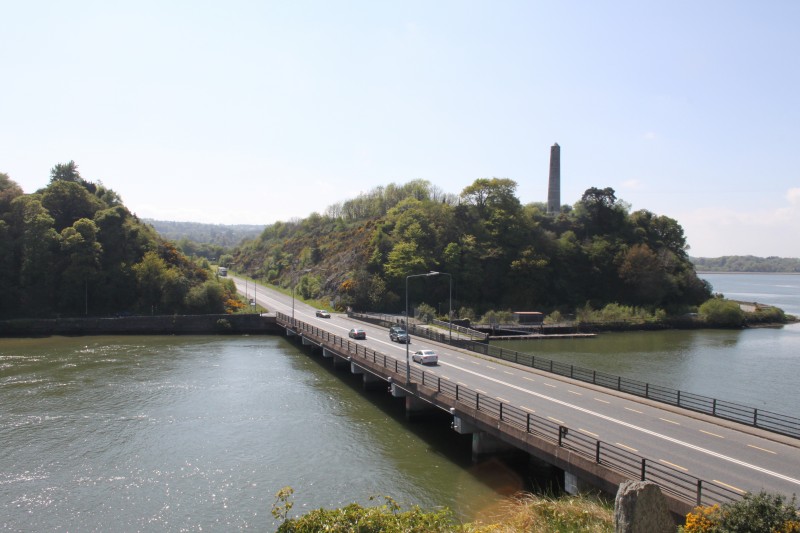
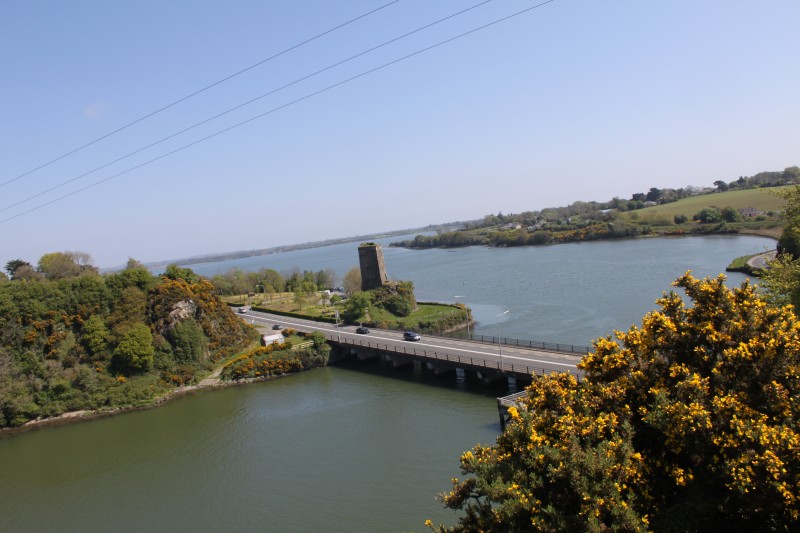
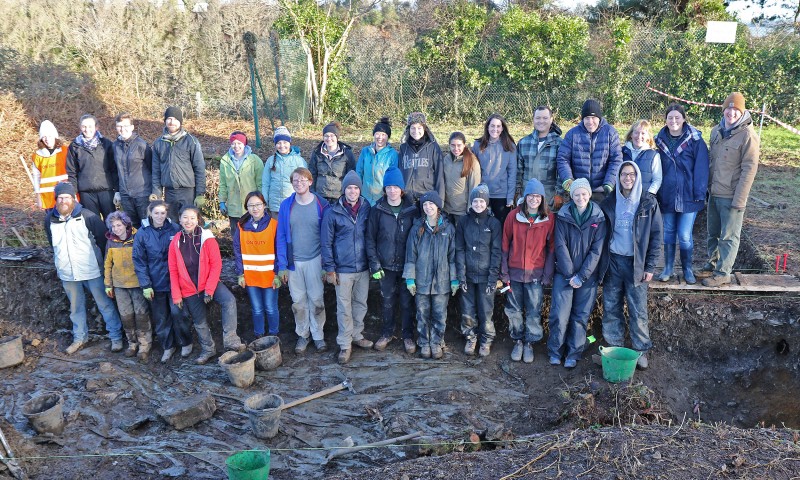
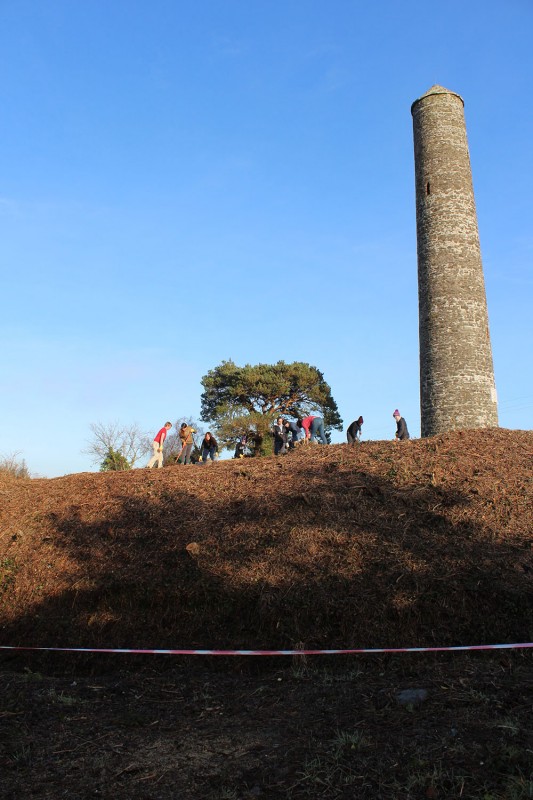
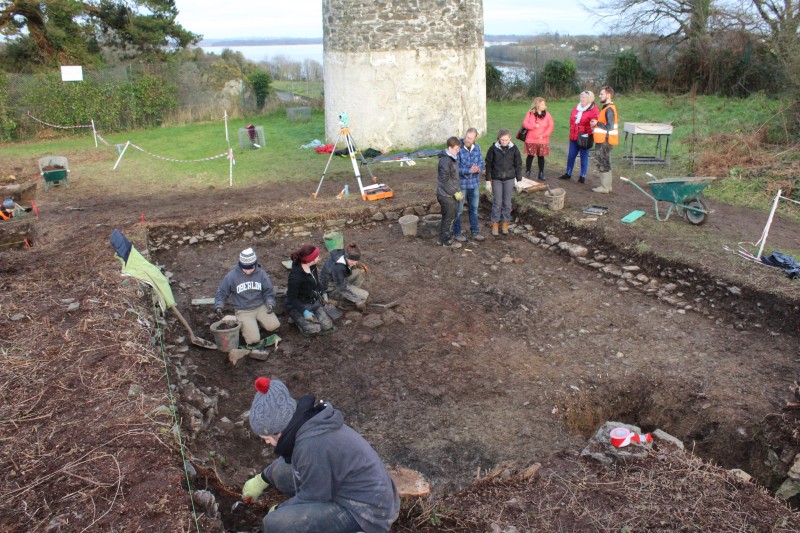
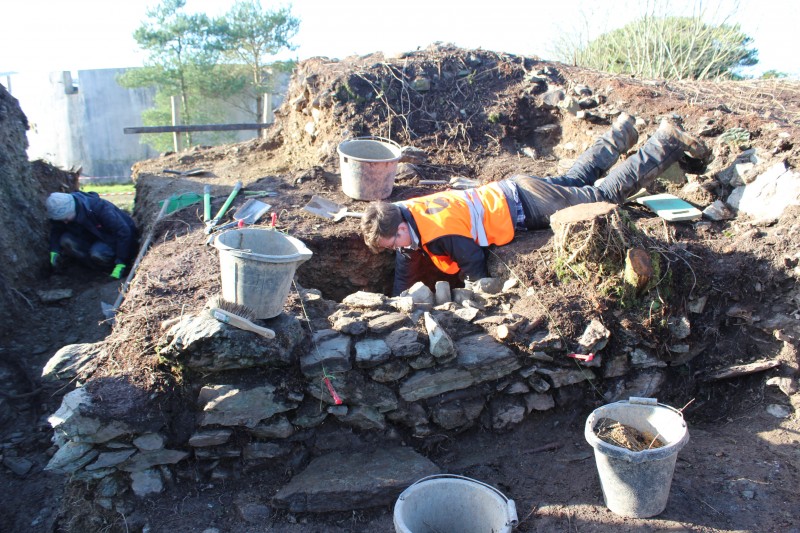
In January 2018, the IAFS, under the direction of Denis Shine and Stephen Mandal, commenced archaeological excavations at the site as part of an international field school. The main agenda for the excavation and associated works in 2018 was to: a) clear the site of vegetation and define the monuments; b) re-expose the cuttings originally excavated by Claire Cotter before undertaking a selective programme of archaeological excavation and environmental sampling (leading to a programme of AMS dating) and c) incorporate the dig into a full program of historical and archaeological research, so that Carrick and its relationship and importance to the surrounding region might be better understood.
{video no longer available}